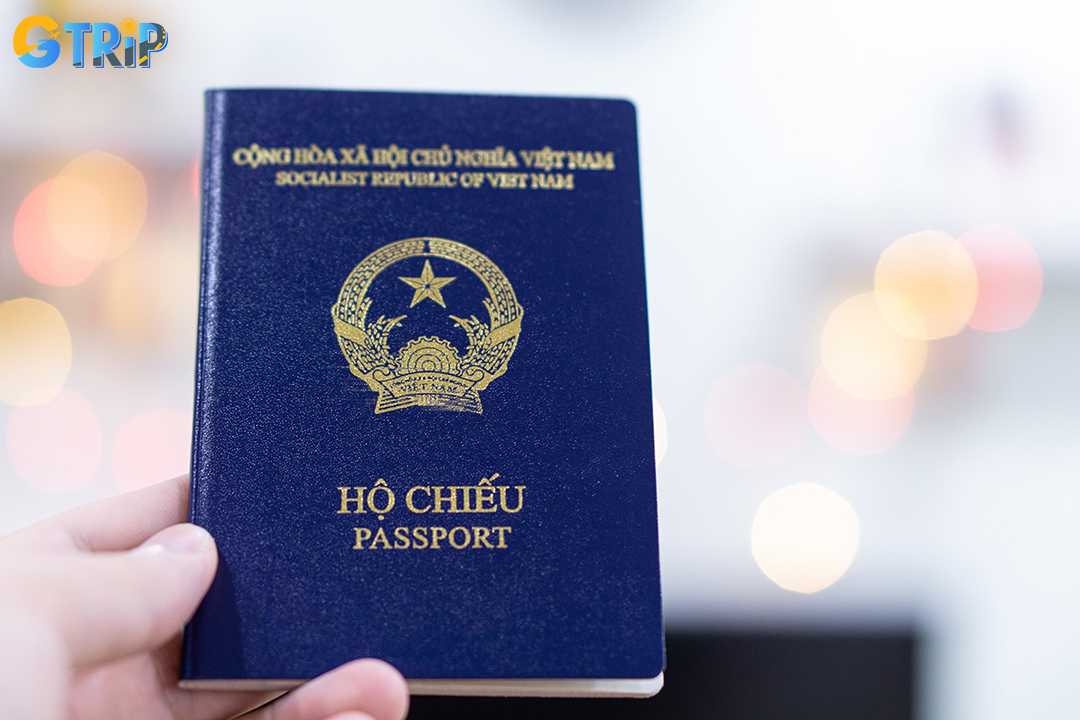Oct - 19 - 2023
Sri Lanka, with its stunning landscapes, rich cultural heritage, and warm hospitality. However, before you pack your bags, it's important to understand the Sri Lanka visa requirements and the application process. In this article, we will provide you with a comprehensive guide to obtaining a Sri Lanka visa.
How many types of Sri Lanka visa
Sri Lanka visa has 4 types: Tourist visa, Business visa, Transit visa, and Electronic Travel Authorization (ETA).
Tourist visa
The tourist visa is the most common type of visa for visitors to Sri Lanka. It allows travelers to enter the country for tourism purposes, such as sightseeing, visiting friends and relatives, or participating in short-term yoga or meditation programs.

The tourist visa is the most common type of Sri Lanka visa for visitors
Business visa
The business visa is issued to individuals who intend to engage in business-related activities, including attending conferences, meetings, or exploring investment opportunities in Sri Lanka.
Transit visa
If you are transiting through Sri Lanka and plan to stay in the country for a short duration before continuing your journey, you may require a transit visa.

A transit visa is a type of Sri Lanka visa
Electronic Travel Authorization (ETA)
Sri Lanka offers an Electronic Travel Authorization (ETA) system, which allows travelers from many countries to obtain a visa online without visiting a Sri Lankan embassy or consulate. The ETA is available for both tourist and business purposes.
Requirements for a Sri Lanka visa
To apply for a Sri Lanka visa, you need to provide the following documents.
Valid passport
To apply for a Sri Lanka visa, you must have a valid passport with a minimum validity of six months from the date of entry. Ensure your passport has blank visa pages for the necessary stamps.

To apply for a Sri Lanka visa, you must have a valid passport with a minimum validity of six months
Completed Sri Lank visa application form
You need to fill out an application form accurately and legibly. The form can be obtained from the Sri Lankan embassy or consulate in your home country or completed online for ETA applications.
Proof of travel
You should provide a round-trip ticket or proof of onward travel to demonstrate your intention to leave Sri Lanka after your visit.

You should provide a round-trip ticket or proof of onward travel
Proof of accommodation
Submit a confirmed hotel reservation or an invitation letter from a host in Sri Lanka, stating your place of stay during your visit.
Financial proof
You may need to provide evidence of sufficient funds to cover your expenses during your stay in Sri Lanka, such as bank statements, credit card statements, or traveler's checks.

You may need to provide evidence of sufficient funds when applying for a Sri Lanka visa
Vaccination certificate (if applicable)
Depending on your country of origin and recent travel history, Sri Lanka may require you to provide a vaccination certificate for specific diseases like yellow fever.
Additional Documents
Certain visa types may require additional documents, such as a letter of invitation from a business contact, conference registration, or proof of business registration.
Sri Lanka visa application process
Below is information about the Sri Lanka visa application process.
Embassy/Consulate application
If your country does not fall under the ETA program, you will need to visit the Sri Lankan embassy or consulate in your home country to submit your application. Ensure you have all the required documents and pay the appropriate visa fee.

If your country does not fall under the ETA program, you will need to visit the Sri Lankan embassy
ETA Application
For countries eligible for ETA, you can apply online. Complete the application form, pay the visa fee, and await the approval notification via email. Once approved, print your ETA confirmation and carry it with you during your trip.
Visa-on-arrival
Some nationalities are eligible for a visa-on-arrival, allowing you to obtain the visa upon arrival at designated ports of entry in Sri Lanka. However, it is recommended to check the latest information before traveling, as visa policies can change.

Some nationalities are eligible for a Sri Lanka visa-on-arrival
In summary, obtaining a Sri Lanka visa is a necessary step for travelers planning to visit Sri Lanka. By understanding the visa requirements and options available, travelers can ensure a smooth and hassle-free entry into this beautiful country.


